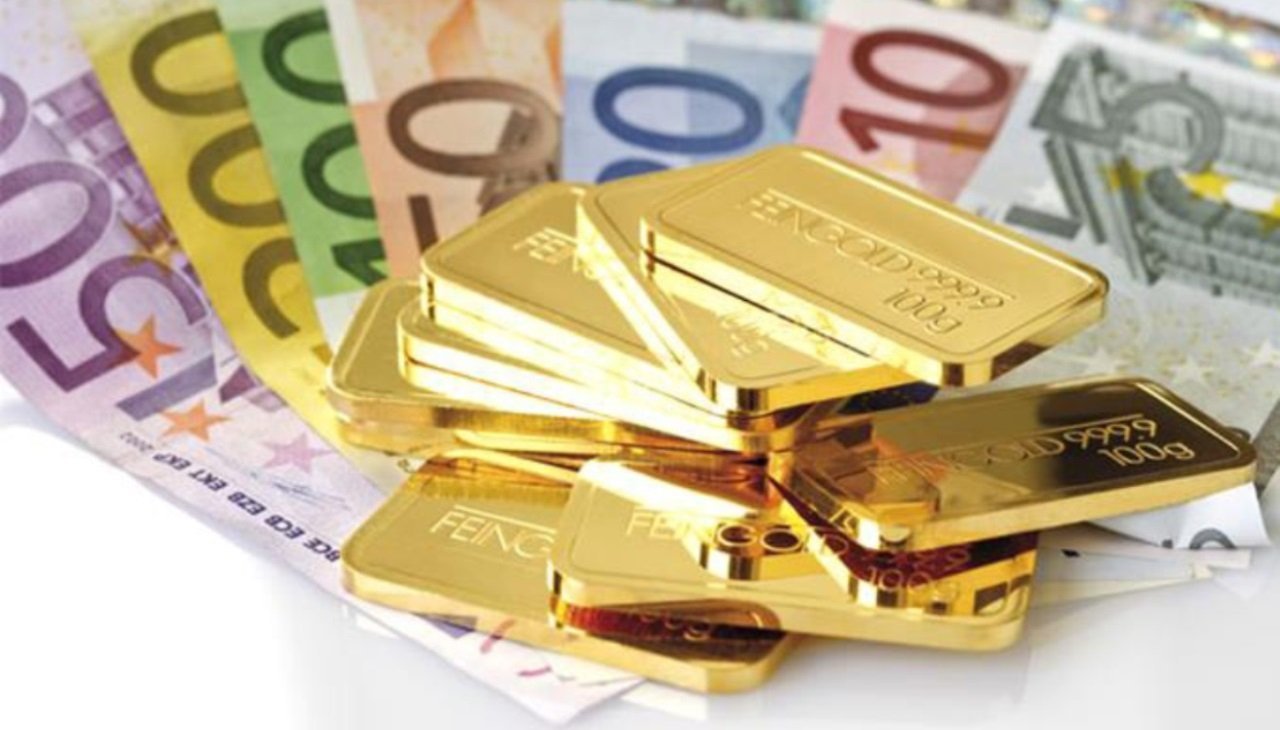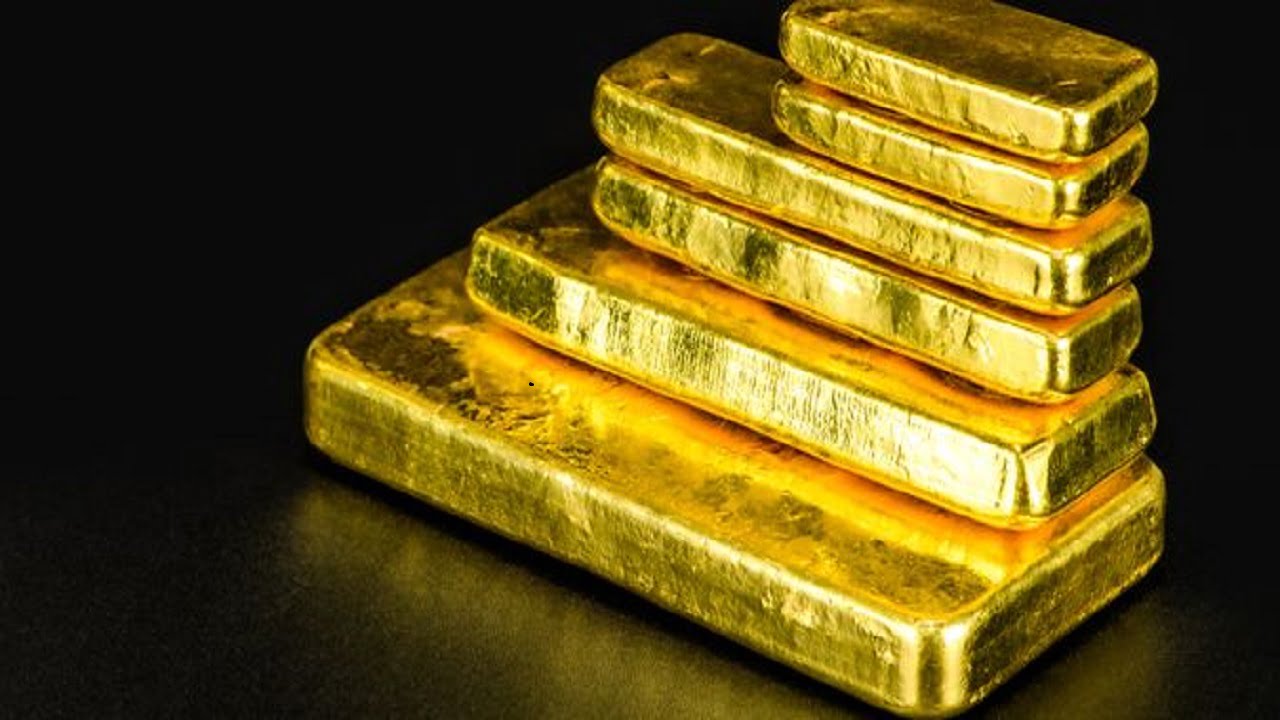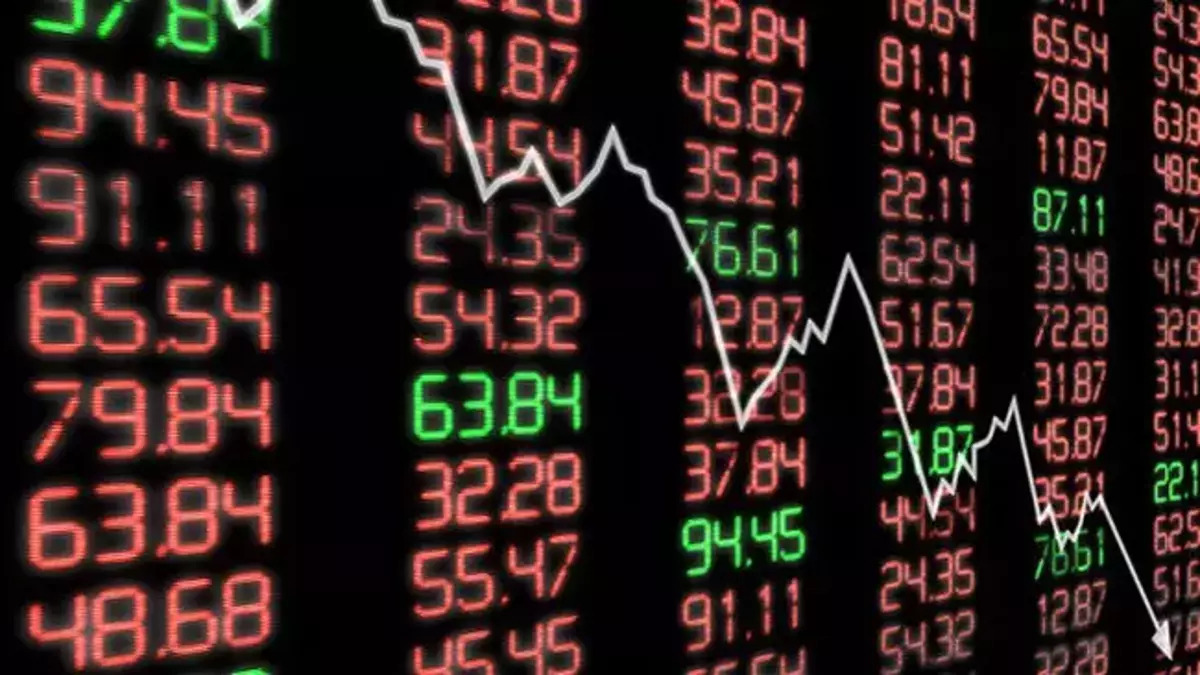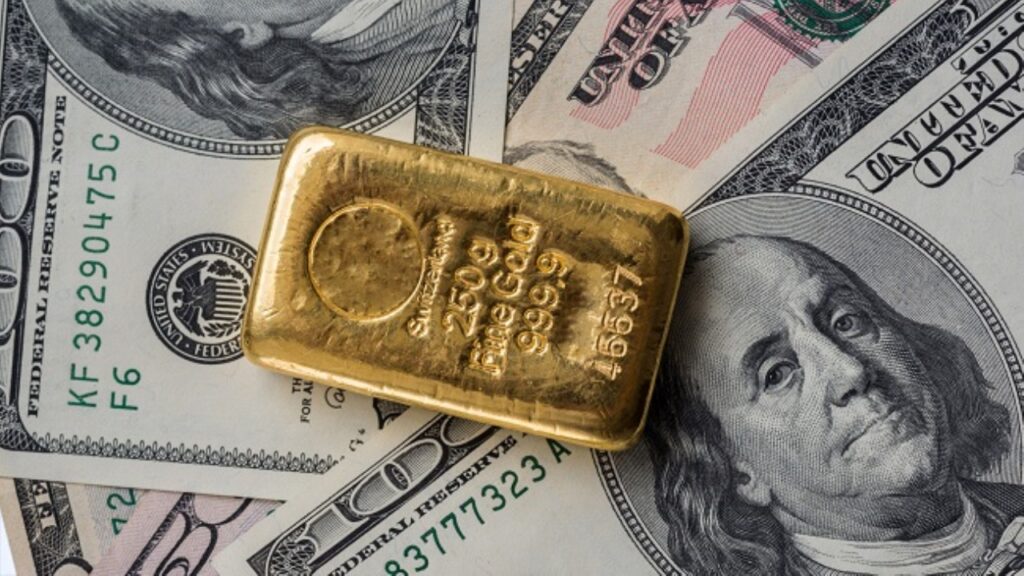Bloomberg Intelligence says gold’s next rally will depend on the stock market and how quickly it can fade as the Federal Reserve tightens monetary policy. Société Générale economists expect the gold price to remain under downward pressure.
“This is what it takes for the Fed to ease tightening!”
Bloomberg Intelligence senior commodity strategist Mike McGlone says the stock market is an important benchmark for gold. Because he notes that the trend of superior performance versus gold is likely to reverse. In this context, the analyst makes the following assessment:
The biggest potential force for the Fed to ease tightening is a fading stock market. A long period of gold underperformance and a reversal of stock market performance is possible. This narrative of 2000 is gaining traction in 2022. The precious metal is down about 6% for the S&P 500, versus a drop of about 15% through Sept.
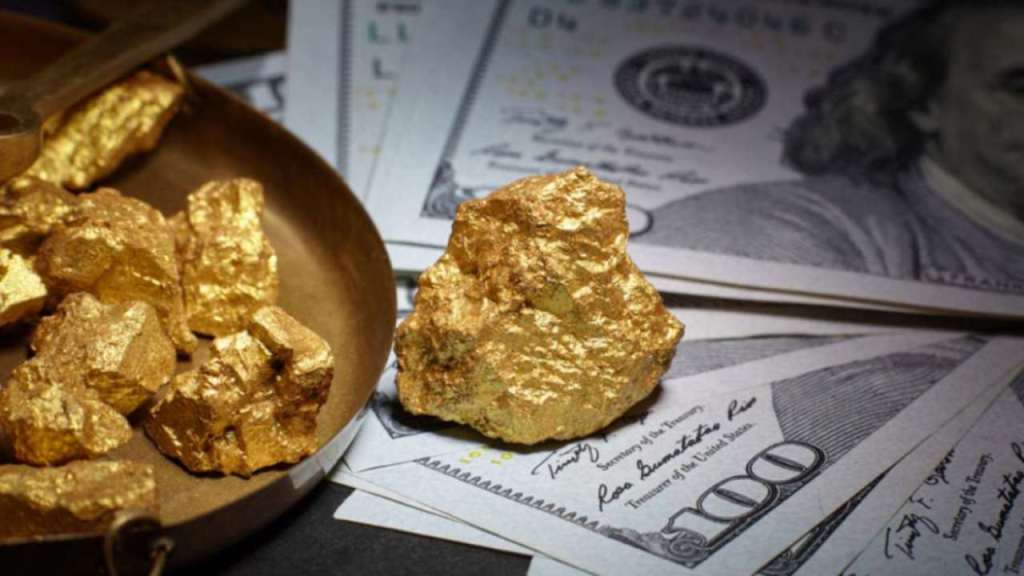
The story is different in other currencies. Gold rose around 7% and 17% in the euro and yen, respectively. “The yellow metal has hit new highs in other major currencies,” McGlone said. “This is typically a harbinger of similar behavior in dollars,” he says.
According to the analyst, the gold-to-S&P 500 bottom is likely to trigger bullion demands. The analyst notes that the Fed started to loosen in 2001 due to the deflation of stocks. He says this also helps gold rise. According to McGlone, we’re seeing parallels emerge in 2022.
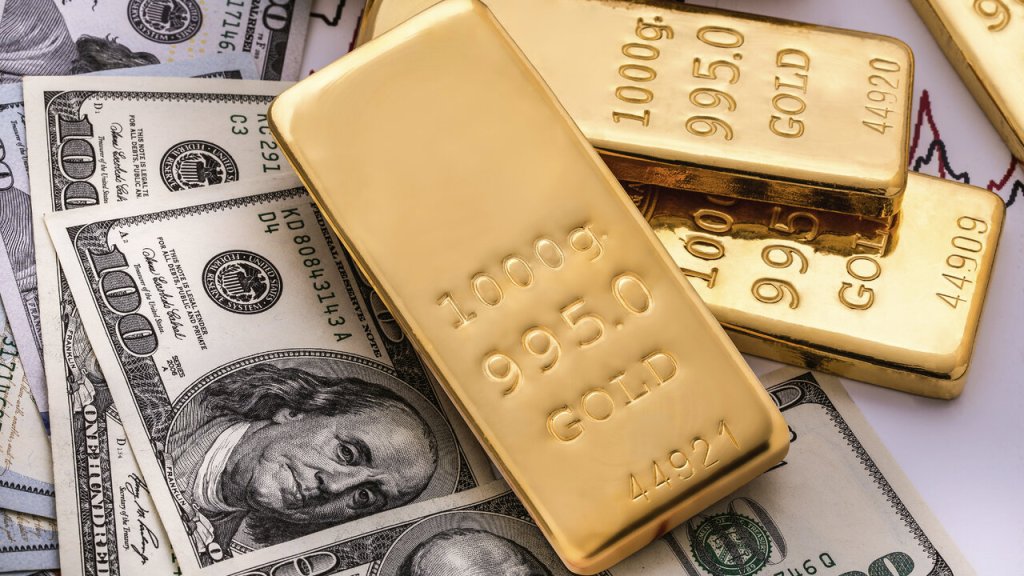
“Fed may be approaching an inflection point in currencies with implications for gold”
cryptocoin.com As you know from , the Fed has a bit of a history of walking until things break down in the economy. According to the analyst, it is possible that gold will also benefit from this as it approaches the fourth quarter. Based on this, the analyst makes the following statement:
The Fed’s tendency to raise rates until something breaks may be approaching an inflection point for currencies that have implications for gold. The year-on-year dollar price of the metal up to September 9, down around 5% versus a 24% increase, and 12% in yen and euro terms, growth turning negative and war inflation in most countries could be indicators of global economic stress.
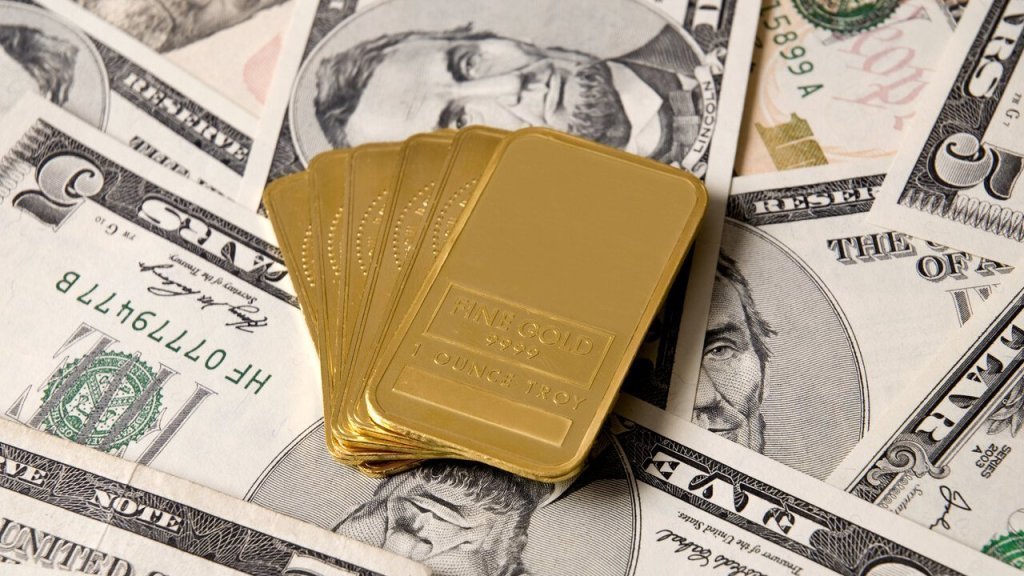
“A bottom for gold is likely to coincide with a bottom for global GDP”
Also, when it comes to tightening, gold tends to respond positively to the Fed’s latest game. McGlone says the following on this subject:
Fed’s most aggressive tightening in 40 years and dollar strengthening are strong headwinds for gold. But it’s the endgame that typically matters for shiny metal. At some point the central bank will stop raising interest rates. After all, the world is going into recession.
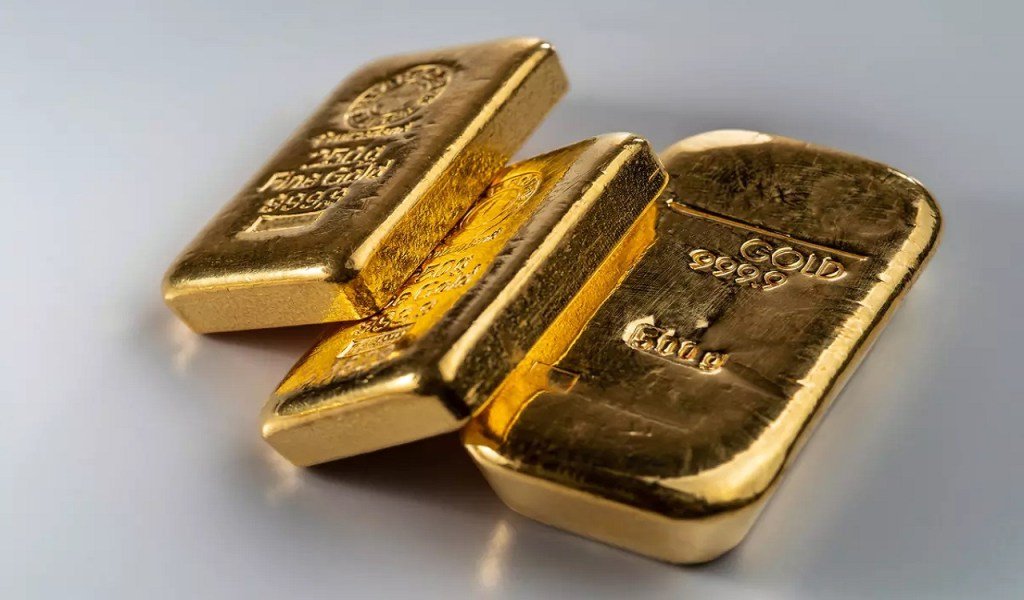
The most important indicators to watch are GDP data, China’s property problems and the war in Ukraine. A bottom for gold is likely to coincide with a bottom in global GDP, according to the analyst. McGlone adds that this could launch the next big rally. In this context, he explains his views as follows:
The fact that most central banks in history have raised rates to combat inflation is good reason to expect global GDP to continue falling. Gold broke the $1,700 resistance in the first half of 2020 as GDP turned negative and bottomed around $700 in 2008. We’re seeing parallels in 2022.
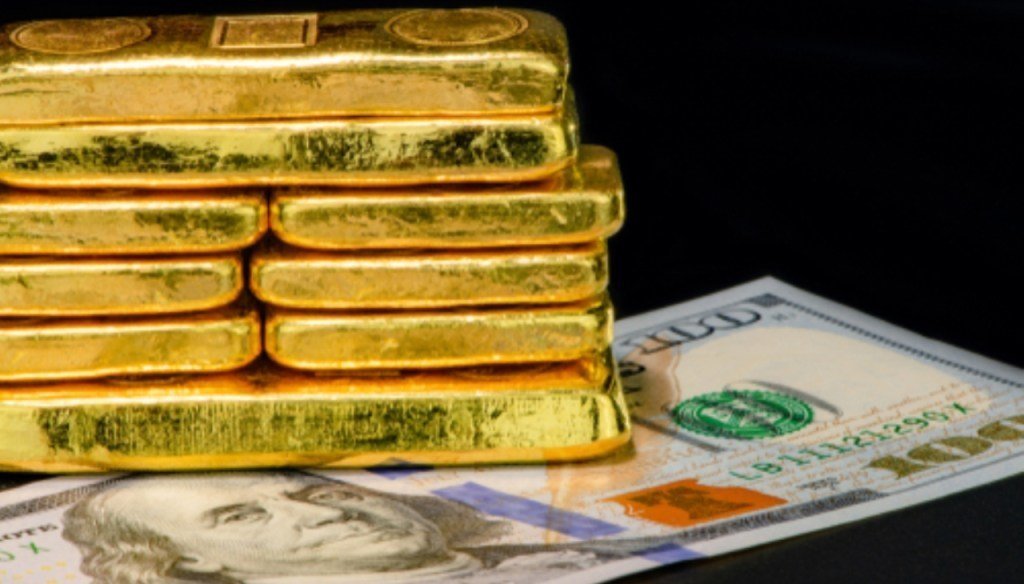
“Golden bears are not yet ready to hibernate”
Money managers are doubling their bear positions for the precious metal. Economists at Société Générale expect the yellow metal to remain under downward pressure. In this regard, economists make the following assessment:
This week ending Sept. 6, the $3.8 billion bearish trend was even larger than the previous weekly stream. This flow came as money managers awaited the Fed’s key policy setting meeting on September 20-21, as money managers expected a 75 basis point rate hike for the third consecutive year.
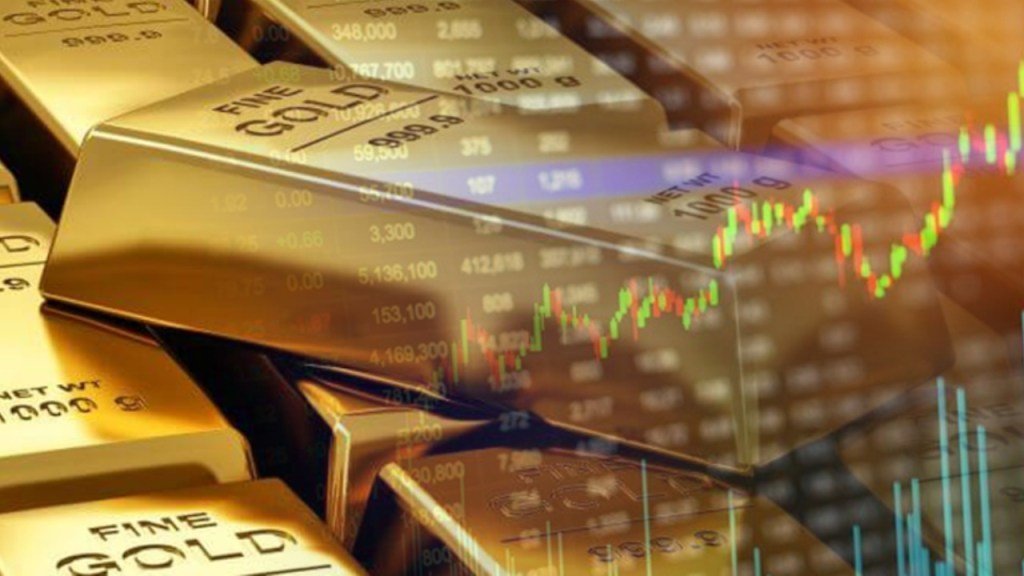
“High interest rates will continue to erode the attractiveness of the precious metal”
Economists expect the Fed’s work to tame inflation by raising interest rates will erode the appeal of the precious metal compared to fixed-income products. They also see high interest rates in the US as likely to increase demand for the US dollar. According to economists, this will make gold more expensive for foreign investors and reduce demand for bullion. Economists also highlight the following:
China and India are two important markets for the end use of gold. Together they make up about half of precious metals demand. In this context, the US dollar appreciated 0.5% against the Indian rupee and 0.6% against the Chinese renminbi in the week ended Sept. 6, adding to the downward demand pressure on gold.

